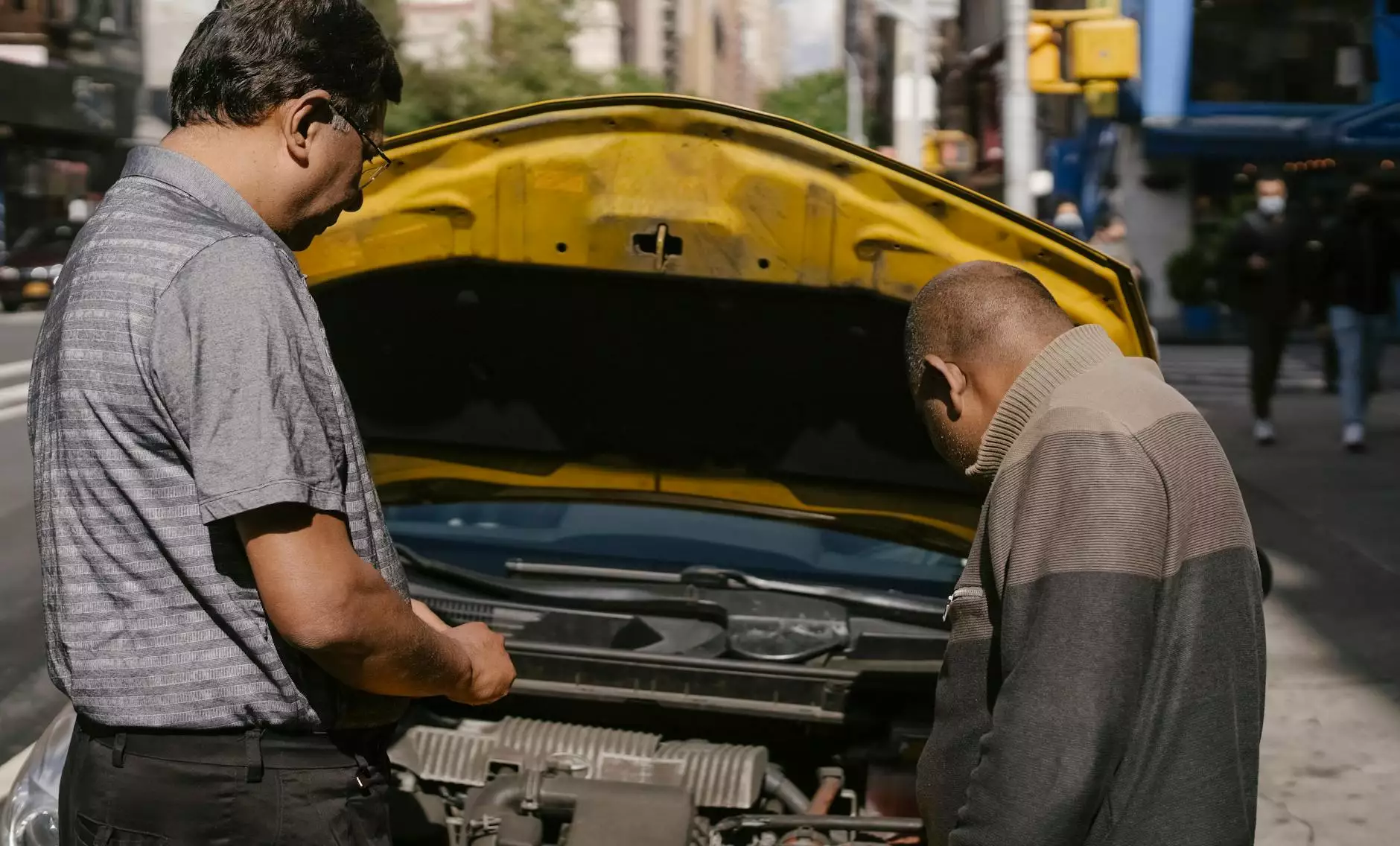Unlocking the Secrets: Exploring Parts of a Manual Transmission Car

Welcome to Shenghai Auto Parts, your go-to destination for all your automotive needs. In this comprehensive guide, we will delve into the intricate world of manual transmission cars and explore the various parts that make them function seamlessly.
The Importance of Understanding Manual Transmission
As an automotive enthusiast, it's crucial to have a firm grasp of the inner workings of a manual transmission car. Knowing how each component interacts with others empowers you to make informed decisions when it comes to repairs, upgrades, or simply enhancing your driving experience.
1. Clutch
The clutch acts as the link between the engine and the transmission system, allowing for smooth gear shifting. It consists of several components, including the clutch pedal, clutch disk, pressure plate, and release bearing. When the clutch pedal is engaged, power flow from the engine to the transmission system is temporarily interrupted, enabling effective gear changes.
2. Gearbox
The gearbox, also known as the transmission or transaxle, is responsible for transmitting power from the engine to the wheels. It contains various gears and a shifting mechanism, enabling you to select different gear ratios based on your speed and driving conditions. The most common types of manual transmissions include the synchromesh, dog-leg, and sequential gearboxes.
3. Flywheel
The flywheel is a heavy rotating disc mounted on the engine's crankshaft. It stores energy and supports smooth engine operation. The clutch assembly is bolted to the flywheel, allowing it to transmit engine power to the transmission system.
4. Propeller Shaft
The propeller shaft, also referred to as the drive shaft or cardan shaft, transmits torque from the gearbox to the differential, which directs power to the vehicle's wheels. It consists of a series of interconnecting shafts with universal joints, allowing for angular displacement between the transmission and the driven wheels.
5. Differential
The differential is a vital component that allows the driven wheels to rotate at different speeds when turning corners. It splits torque between the left and right wheels while maintaining traction. It comprises various gears enclosed within a housing, ensuring power is distributed efficiently.
6. Axles
Axles are shafts that connect the differential to the wheels. They transmit the rotational force from the differential to turn the wheels and support the vehicle's weight. Axles need to be robust and durable to handle various driving conditions and loads.
7. Shift Linkage
The shift linkage is an assembly of rods, cables, and bushings that connect the gear lever to the transmission. It facilitates gear engagement and ensures precise shifting. Proper adjustment and maintenance of the shift linkage are essential for smooth gear changes.
8. Clutch Hydraulic System
In modern manual transmission cars, a clutch hydraulic system is often used instead of a mechanical clutch linkage. This system uses hydraulic pressure to engage and disengage the clutch. It consists of a master cylinder, slave cylinder, and fluid lines. Regular maintenance and fluid checks are necessary to ensure optimal performance.
9. Transmission Mounts
Transmission mounts secure the transmission unit to the vehicle's chassis, maintaining proper alignment and reducing vibrations. They are typically made of rubber or polyurethane to absorb shocks and minimize noise transmission.
10. Bellhousing
The bellhousing is a metal housing that connects the engine to the transmission. It protects the clutch, flywheel, and other internal components from debris and contaminants while providing a secure enclosure.
Conclusion
By understanding the parts of a manual transmission car, you gain a deeper appreciation for how these components work together harmoniously. Shenghai Auto Parts is your trusted source for top-quality auto parts and supplies, ensuring you can maintain and upgrade your manual transmission car with confidence. Remember to regularly check and maintain these crucial components for a smooth and enjoyable driving experience.









